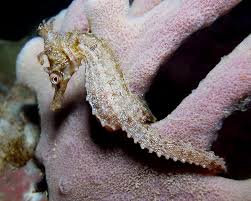Seahorses are tiny fish with heads that look like a tiny horse, hence why they are called seahorses. A seahorse is a hippocampus, has a carnivore diet so they eat small crustaceans and other invertebraes, live about 1 to 5 years old and are about .06 inches to 14 inches long. The seahorse's Kingdom is Animalia, Phylum is Chordata, Class is Actinopterygli, Order is Syngnathiformes, Family is Sygnathidae, Subfamily is Hippocampinae, and Genus is Hippocampus.
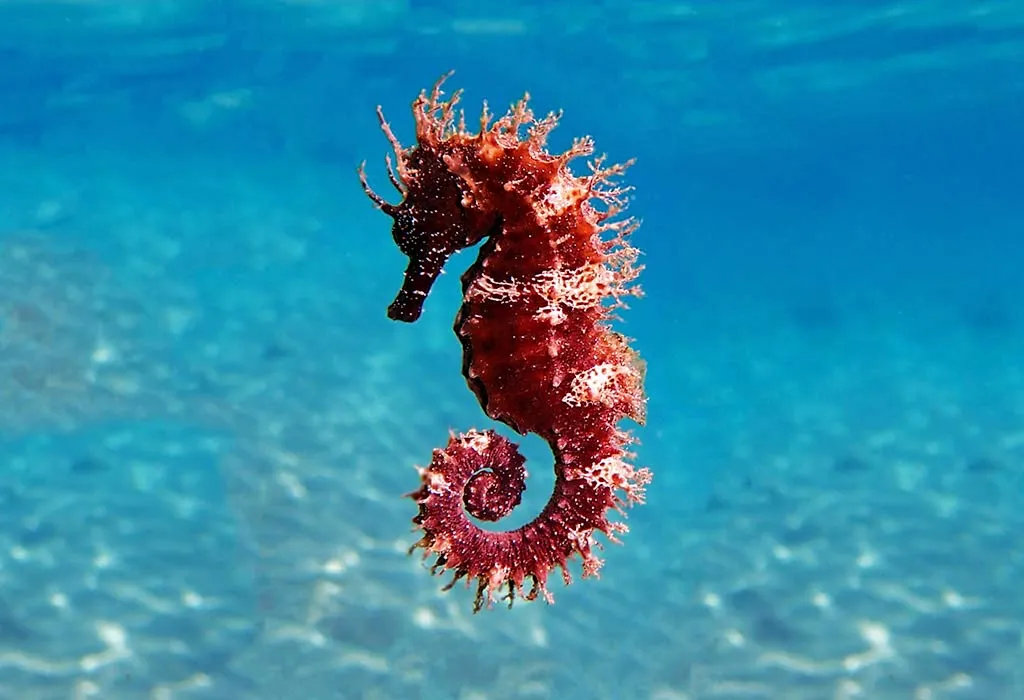
Sea horses live in the Marine Biome where they typically live in seagrass beds, mangrove roots, and coral reefs. This is in tropic water, but in the winter time the sea horses travel to waters that are much deeper because of the temperature and weather. They are typically found in waters from the Pacific Ocean from North Amrica to South America.
To swim through the water, the seahorses use their dorsal fins which are their back fins, to propel themselves forward moving at a slowe4r speed compared to other fish. There is an air pocket inside their bodies which is their swim bladder so they can move up and down and they have a tail to help them grasp on to things.
There is a difference between the male and female seahorses when it comes to reproduction. The female seahorses carry the babies, but in eggs, and lay hundreds of them at a time on to the male seahorse's abdomen. The male seahorses give birth to the baby seahorses though. The moms pass eggs over to the male seahorses, where the eggs will be in their pouch for around 45 days, and during the birthing process, the male seahorses pump water through the puch releasing all of the baby horses in a quick process. Once the babies are born, the swim in to groups and latch on to one another with their tails and immediately go to look for food and hide.
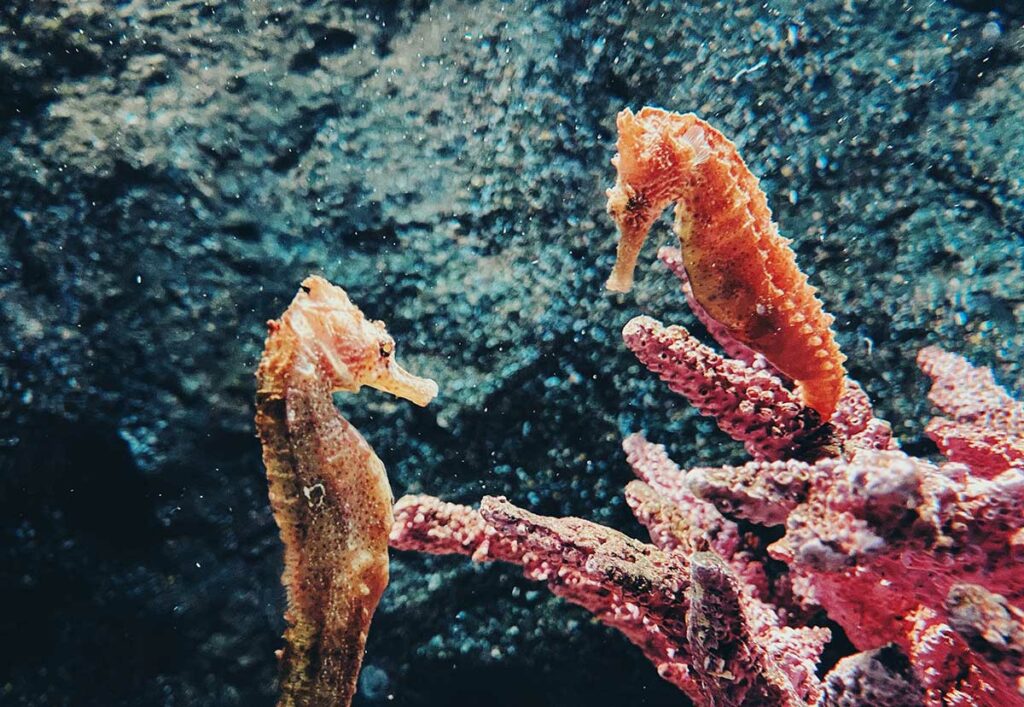
There are 46 different species of seahorses. Here is a list of the 10 most important seahorses along with a brief discription of their importance:
| Species | Importance |
|---|---|
| Common Seahorse | Indicator species for marine ecosystem health, playing a crucial role in maintaining the balance of small organisms in their habitat by preying on them |
| Tiger Tail Seahorse | Important for medicine when dead |
| Pygmy Seahorse | Has a strong symbiotic relationship with certain coral species, where it is nearly invisible due to its excellent camouflage |
| Big-Bellied Seahorses | One of the largest seahorse species, making it important in its habitat as a predator of small marine organisms |
| Short-snouted Seahorse | Plays a role in European marine ecosystems |
| Long-snouted Seahorse | Popular species in the aquarium trade due to its vibrant colors, particularly yellow, orange, and red |
| Dwarf Seahorse | Important in marine ecosystems as a predator of small invertebrates |
| Hedgehog Seahorse | Important in marine ecosystems as a predator of small invertebrates |
| Jayakar's Seahorse | Ecologically significant in its region, contributing to the marine food web |
| White's Seahorse | Important to the local ecosystem, it is also one of the few seahorse species where breeding programs have been established for conservation, endangered |
Common Seahorse
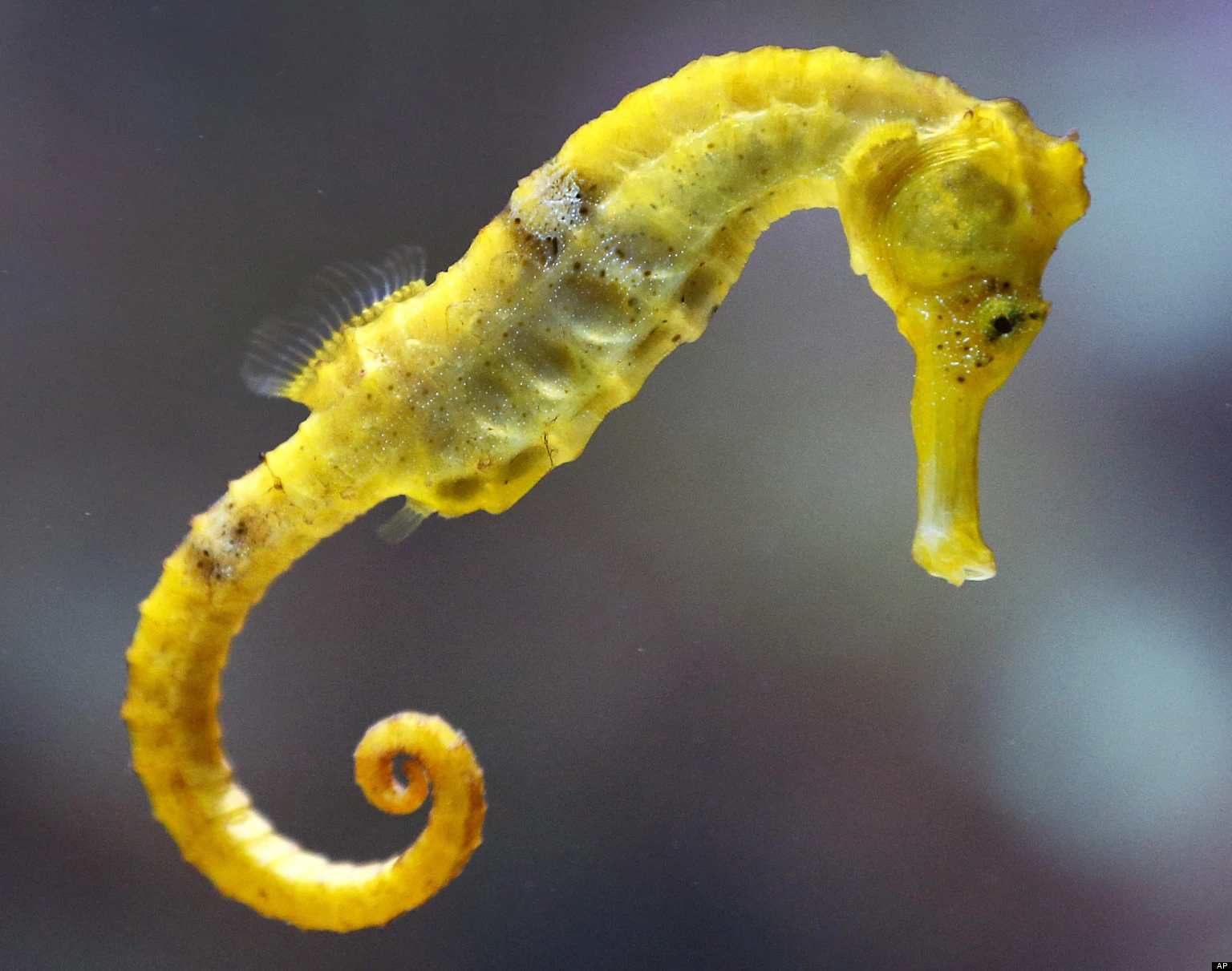
Tiger-Tail Seahorse

Pygmy Seahorse
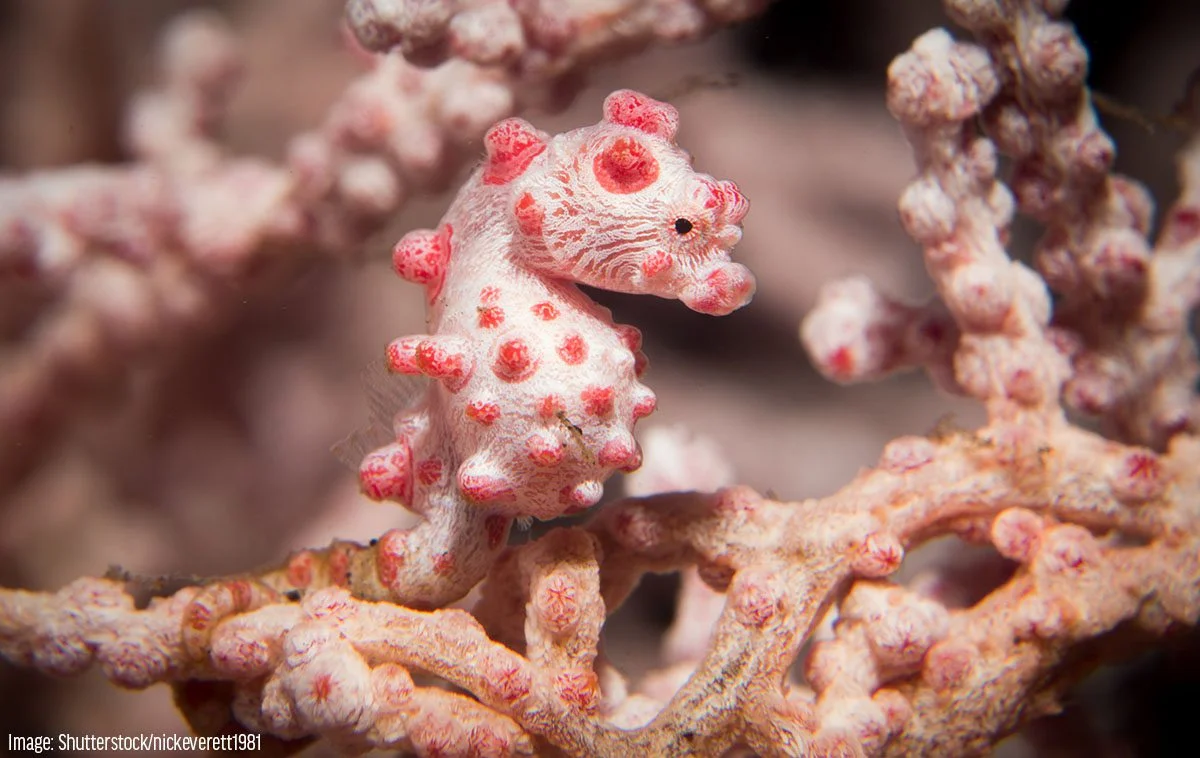
Big-Bellied Seahorse
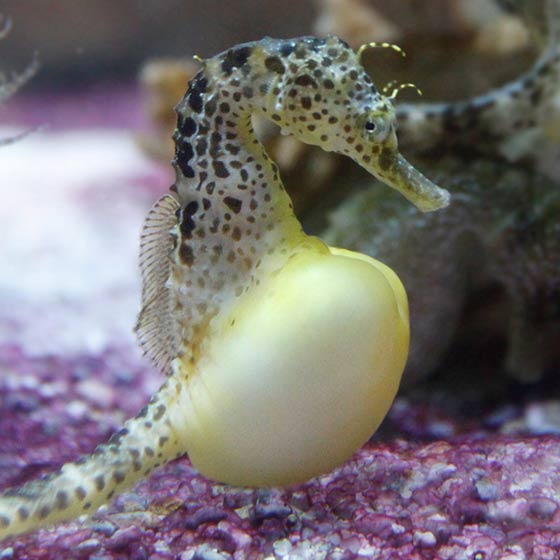
Short-Snouted Seahorse
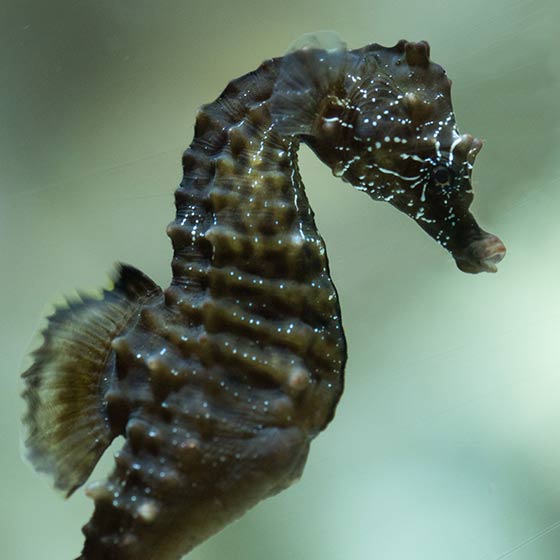
Long-Snouted Seahorse

Dwarf Seahorse
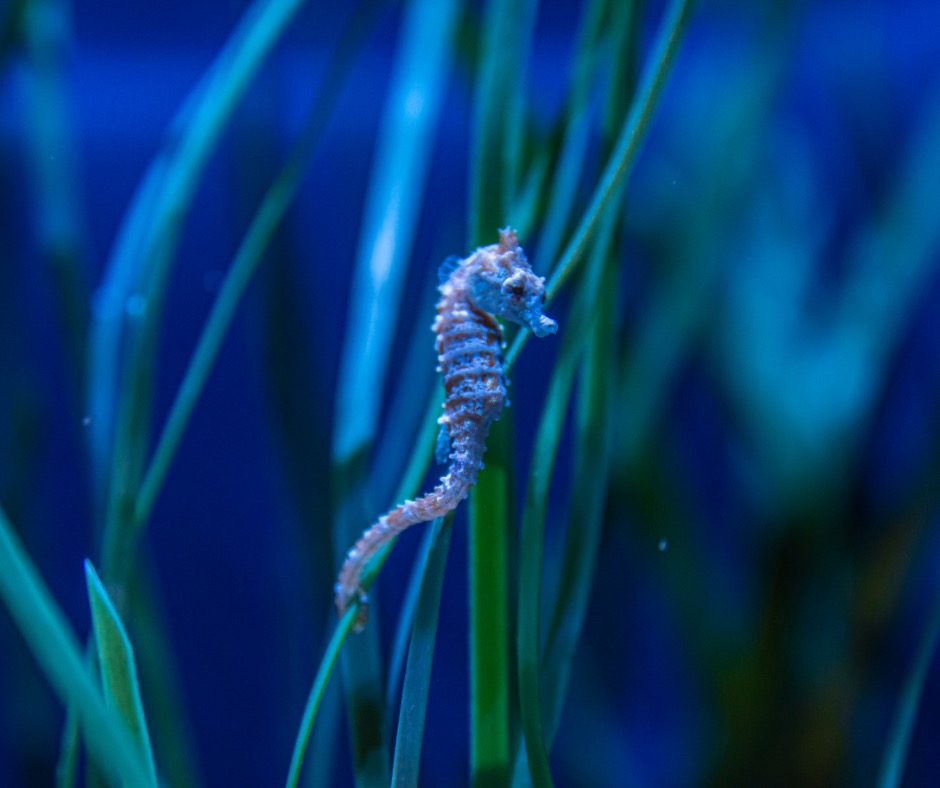
Hedgehog Seahorse
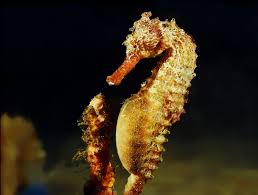
Jayakar's Seahorse

White's Seahorse
